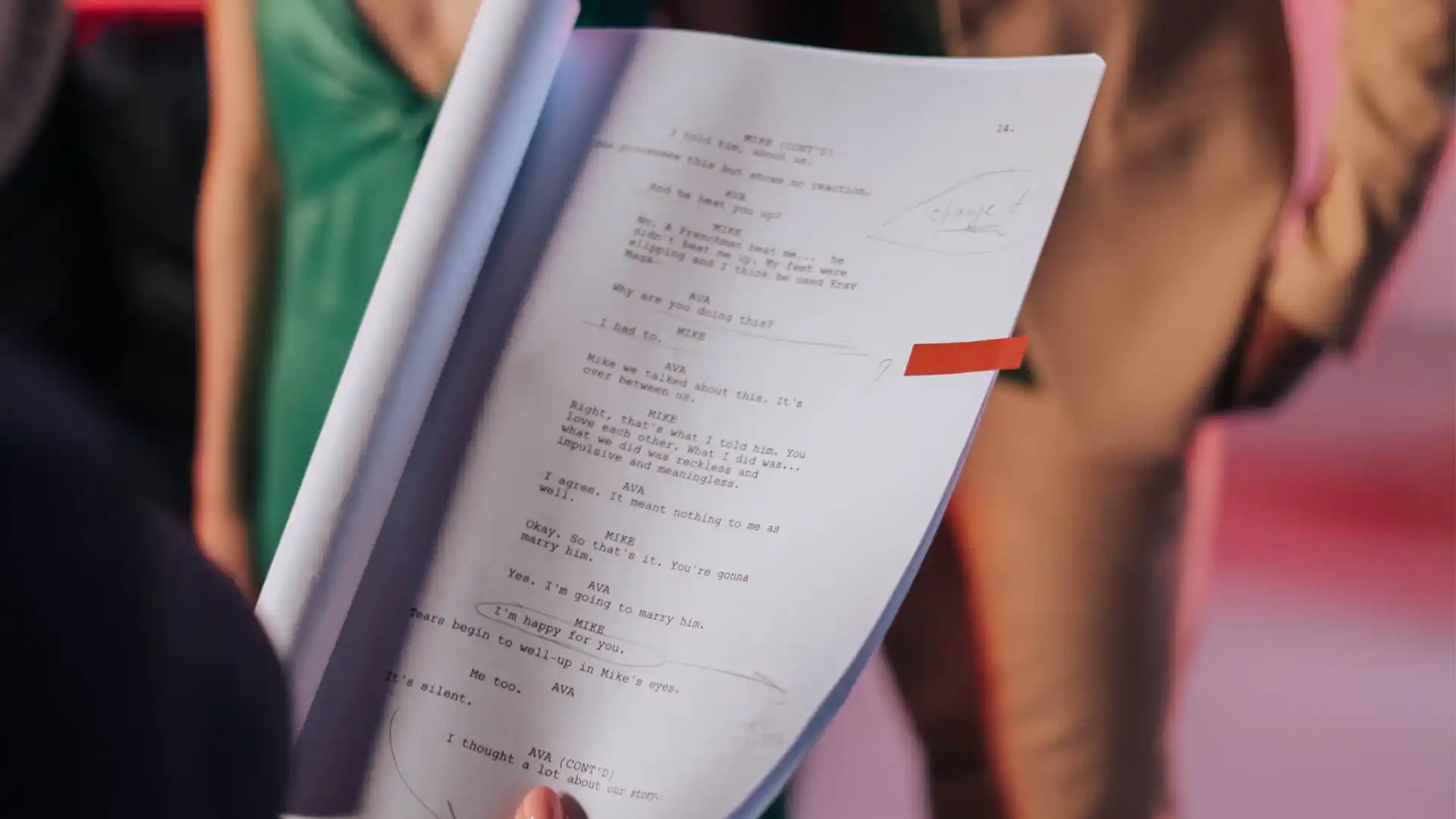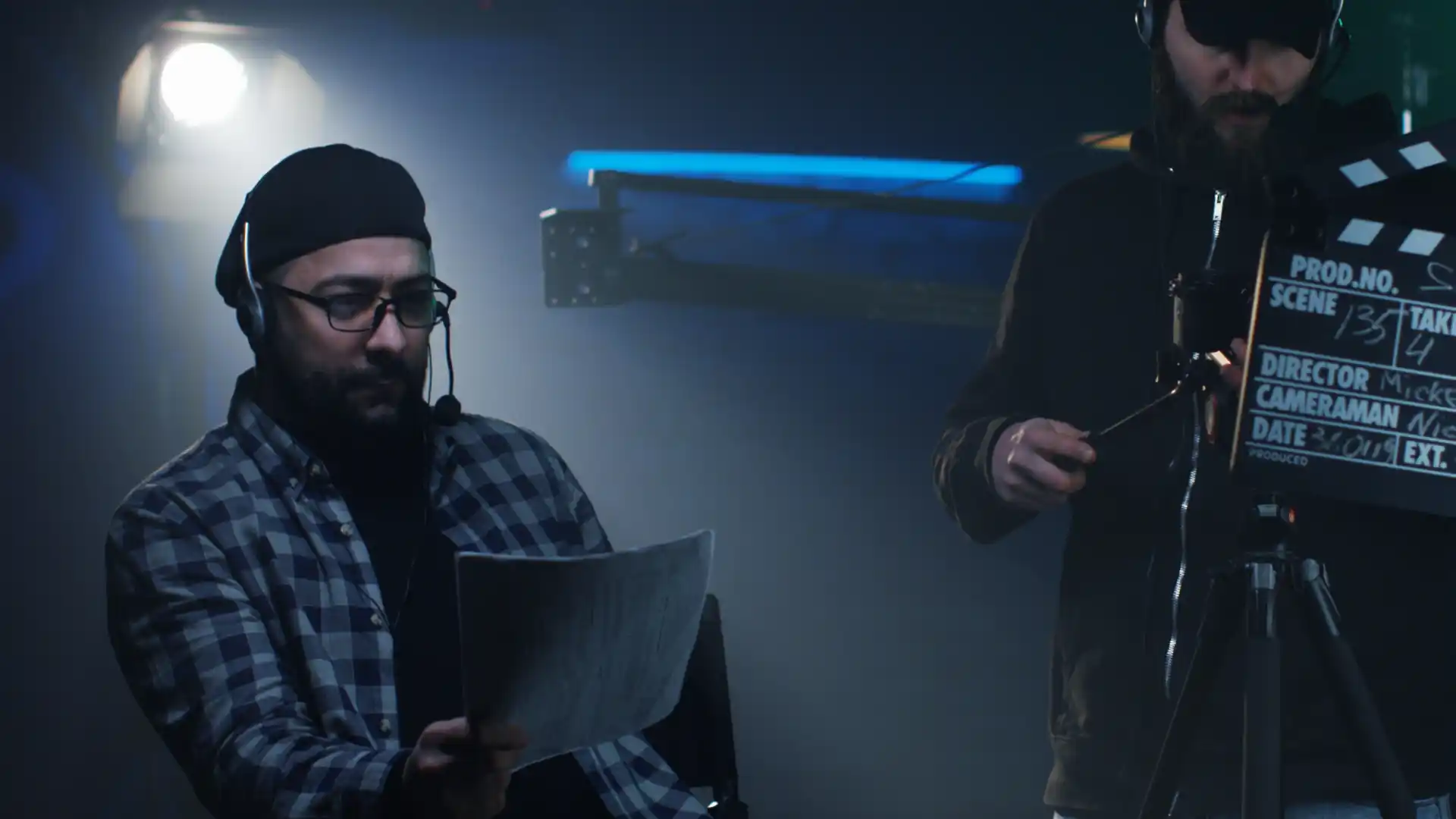Storyboarding is a critical aspect of the pre-production phase in various creative industries such as film, animation, advertising, and video game design. It serves as a visual blueprint that outlines the sequence of events and helps in conveying the story visually.
A well-executed storyboard can significantly enhance the communication of ideas, streamline the production process, and ensure that everyone involved in the project is on the same page.
Dive Into the Art of Storyboarding
In this comprehensive guide, we will explore the essential techniques and best practices for creating compelling storyboards that effectively communicate your vision. Whether you are a seasoned professional looking to refine your skills or a newcomer eager to learn the ropes, this article will provide valuable insights to help you master the art of storyboarding.
1. Understand the Purpose of Storyboarding
Before knowing the technical aspects of creating a storyboard, it is crucial to understand the primary purpose of this visual tool. Storyboarding is not merely about sketching out scenes; it is about visually narrating a story, capturing key moments, and conveying the emotions and dynamics of the narrative.
By defining the purpose of your storyboard, you can ensure that each frame serves a specific function in advancing the storyline.
2. Develop a Strong Narrative Structure
A compelling storyboard starts with a solid narrative structure. Whether you are working on a short film, a commercial, or an animated series, having a clear understanding of the story’s arc, character development, and key plot points is essential.
Before you start sketching, take the time to outline the storyline, identify the main characters, and establish the pacing of the narrative.
3. Focus on Composition and Framing
Composition and framing play a crucial role in the effectiveness of a storyboard. Pay attention to the placement of characters, props, and background elements within each frame to create visually engaging compositions.
Experiment with different camera angles, perspectives, and shot sizes to convey the desired mood and enhance the storytelling experience.
4. Use Thumbnails to Plan Your Shots
Thumbnail sketches are quick, rough drawings that help you plan the composition and framing of each shot in your storyboard. Before creating detailed illustrations, start by sketching small thumbnails to map out the sequence of events and explore different visual approaches.
Thumbnails allow you to experiment with shot compositions and make quick adjustments before finalizing the storyboard.
5. Incorporate Visual Cues and Storytelling Devices
Visual cues and storytelling devices are powerful tools that can enhance the clarity and impact of your storyboard. Use arrows, lines of action, and other graphic elements to guide the viewer’s eye through the sequence of frames. Incorporate visual metaphors, symbols, and motifs to reinforce key themes and add depth to the storytelling.
6. Pay Attention to Character Expressions and Body Language
Characters are the heart of any story, and their expressions and body language play a crucial role in conveying emotions and intentions. Pay close attention to the facial expressions, gestures, and postures of your characters to communicate their thoughts, feelings, and motivations effectively. Use subtle cues to convey subtext and add nuance to the storytelling.
7. Create Dynamic Action Sequences
Action sequences are a staple in many visual storytelling mediums, including film, animation, and comics. When storyboarding action scenes, focus on creating dynamic compositions that convey movement, energy, and tension.
Experiment with staging, pacing, and camera angles to capture the excitement and intensity of the action.
8. Establish Visual Consistency
Visual consistency is key to creating a cohesive storyboard that flows seamlessly from frame to frame. Maintain consistency in character designs, props, backgrounds, and visual style throughout the storyboard to ensure continuity and clarity. Establish a visual language that resonates with the tone and aesthetic of the story.
9. Seek Feedback and Iterate
Storyboarding is a collaborative process that benefits from feedback and iteration. Share your storyboard with colleagues, mentors, or industry professionals to gather constructive criticism and valuable insights.
Be open to suggestions for improvement and willing to revise and refine your storyboard based on feedback. Iteration is a fundamental aspect of the creative process that leads to growth and improvement.
10. Hone Your Storytelling Skills
Effective storyboarding requires not only technical proficiency but also strong storytelling skills. Study the works of master storytellers in film, animation, and other visual mediums to glean insights into narrative structure, character development, and visual storytelling techniques.
Practice storytelling through storyboarding exercises and personal projects to sharpen your skills and develop your unique voice as a visual storyteller.
Make your mark in the animation industry
In the competitive landscape of the creative industry, mastering storyboarding techniques is a valuable skill that can set you apart and open doors to exciting career opportunities.
Whether you aspire to work in animation, film production, advertising, or game design, honing your storyboarding skills can pave the way for a successful and fulfilling career in visual storytelling.
Key Takeaways:
- Understanding the purpose of storyboarding is essential for effective visual storytelling.
- Developing a strong narrative structure and focusing on composition and framing are key elements of creating compelling storyboards.
- Incorporating visual cues, paying attention to character expressions, and creating dynamic action sequences can enhance the impact of your storyboard.
- Establishing visual consistency and seeking feedback to iterate on your work are crucial for improving your storyboarding skills.
- Hone your storytelling skills through practice and study to become a proficient visual storyteller.
Consider taking Yellowbrick’s NYU Animation Industry Essentials online course and certificate program to further enhance your skills and kickstart your career in the dynamic world of visual storytelling. Unlock your potential and start a rewarding journey in the creative industry.








